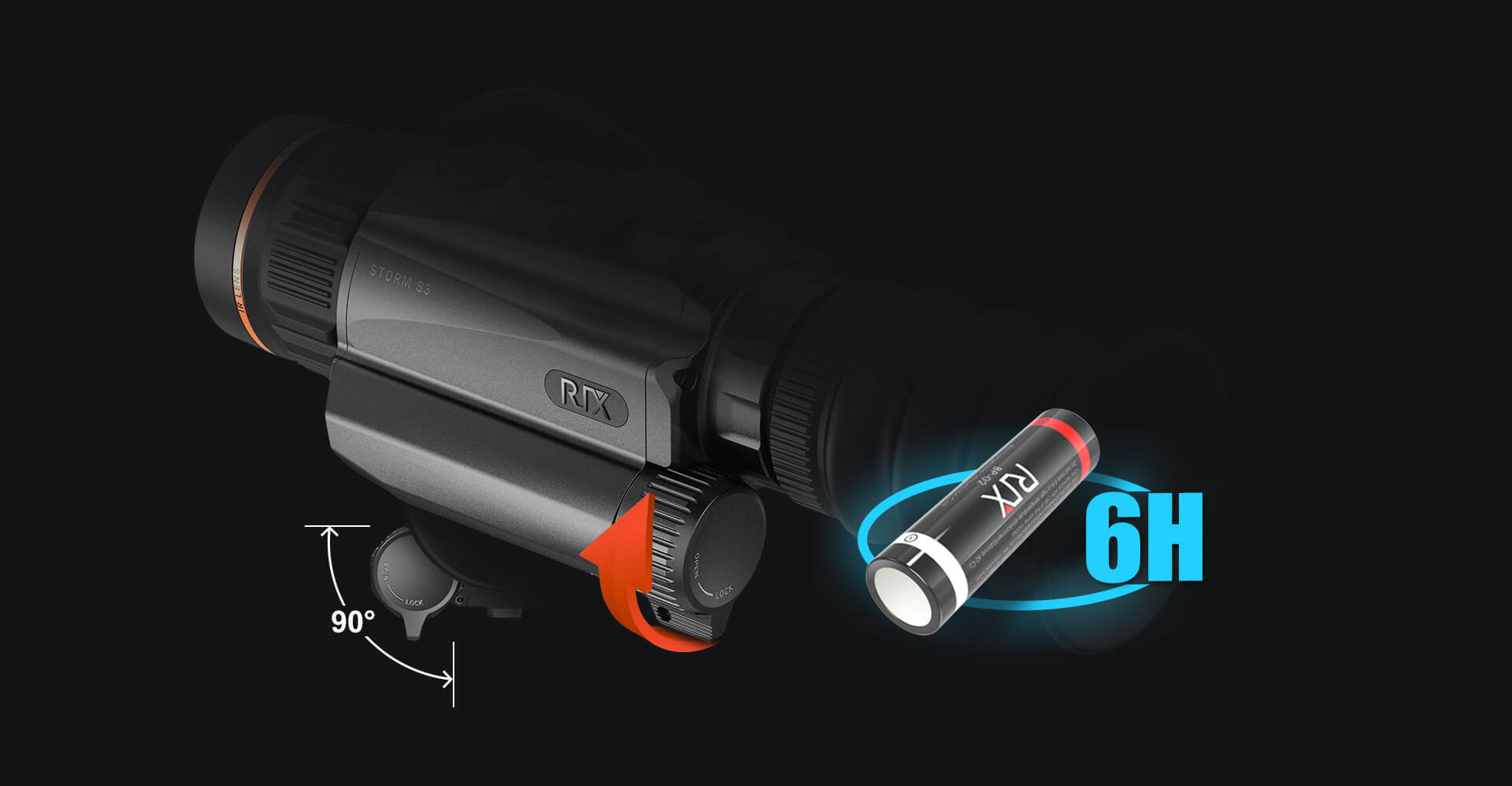In recent years, the thermal night vision scope has gained significant popularity among outdoor enthusiasts, hunters, and security professionals. But what exactly is a thermal night vision scope, and how does it work? This article aims to provide a comprehensive understanding of this advanced technology and its numerous advantages.

What is a Thermal Night Vision Scope?
A thermal night vision scope is an optical device that detects infrared radiation (heat) emitted by objects, allowing users to see in complete darkness. Unlike traditional night vision devices that amplify visible light, thermal scopes rely on thermal energy, making them effective in various environmental conditions.
How Does a Thermal Night Vision Scope Work?
The operation of a thermal night vision scope can be broken down into several key components:
- Infrared Sensor: This is the heart of the thermal scope. It detects the infrared radiation emitted by objects, converting it into an electronic signal.
- Image Processing: The electronic signal is then processed to create a thermal image. This image displays temperature variations, allowing users to identify warm objects against cooler backgrounds.
- Display Screen: Finally, the processed image is displayed on a screen, enabling the user to visualize the scene in real-time.
By understanding these components, one can appreciate the sophistication behind the thermal night vision scope technology.
Advantages of Using Thermal Night Vision Scopes
There are numerous advantages to utilizing a thermal night vision scope:
- Enhanced Visibility: Thermal scopes provide clear images in total darkness, fog, or smoke, making them invaluable for various applications.
- Target Detection: The ability to detect heat signatures allows users to identify targets that may be hidden or camouflaged.
- Versatility: These scopes can be used for hunting, wildlife observation, search and rescue operations, and security surveillance.
- Durability: Most thermal night vision scopes are built to withstand harsh environmental conditions, ensuring reliability in the field.
Choosing the Right Thermal Night Vision Scope
When selecting a thermal night vision scope, consider the following factors:
- Resolution: Higher resolution provides clearer images, which is crucial for identifying distant targets.
- Detection Range: Assess the range at which the scope can effectively detect heat signatures.
- Battery Life: Longer battery life ensures that the scope remains operational during extended use.
For those interested in exploring high-quality options, visit  for a selection of premium thermal night vision scopes.
for a selection of premium thermal night vision scopes.
Conclusion
In summary, the thermal night vision scope represents a significant advancement in optical technology, offering unparalleled visibility and versatility. Whether for hunting, security, or outdoor exploration, understanding how these scopes work and their advantages can greatly enhance your experience. As technology continues to evolve, the applications for thermal night vision scopes will only expand, making them an essential tool for many.



